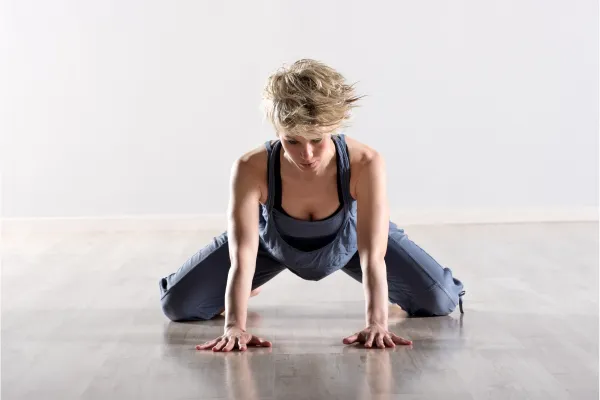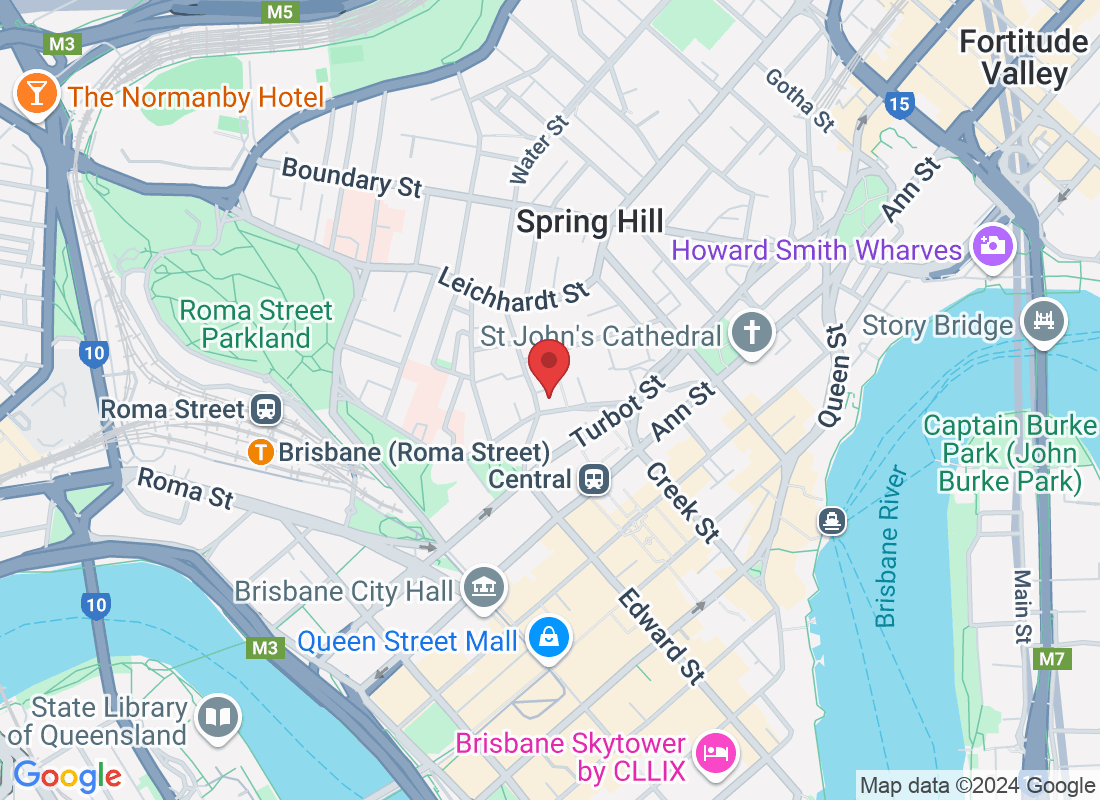
How Physiotherapy Improves Hip Flexor Strength and Mobility
The hip flexors are a group of muscles located at the front of the hip and thigh. They play a vital role in daily movements such as walking, running, bending, and even standing up. When these muscles become weak or tight, it can lead to discomfort, limited movement, and even pain. Whether it’s from sitting for long periods, overuse in sports, or injury, poor hip flexor function can affect your overall mobility.
Fortunately, physiotherapy can help improve hip flexor strength and mobility, allowing you to move with greater ease and reducing the risk of injury. Here’s how physiotherapy can assist in improving these key muscles.
What Are the Hip Flexors?
The hip flexors consist of several muscles, including the iliopsoas, rectus femoris, and sartorius. These muscles work together to bring the thigh toward the torso, allowing for movements like lifting your leg when climbing stairs or walking. Because of their key role in lower body movement, any weakness or tightness in the hip flexors can create problems in other areas of the body, particularly the lower back and knees.
Why Do Hip Flexors Become Weak or Tight?
Several factors can lead to tightness or weakness in the hip flexors:
Sedentary Lifestyle
Prolonged sitting, especially in a poor posture, can cause the hip flexors to shorten and tighten. This leads to reduced flexibility and strength, which can affect daily movements.Overuse from Physical Activity
Sports or activities that involve a lot of running, cycling, or kicking can overwork the hip flexors, leading to strain and tightness. Inadequate stretching before exercise can also increase the risk of injury.Injury or Surgery
Any trauma to the hip area, such as sprains, strains, or surgery, can affect the function of the hip flexors, resulting in reduced strength and mobility.Poor Posture
Sitting for extended periods with poor posture (slouching or leaning forward) can put constant stress on the hip flexors, leading to discomfort and tightness.
How Physiotherapy Can Help Improve Hip Flexor Strength and Mobility
1. Targeted Stretching and Flexibility Exercises
One of the primary goals of physiotherapy for tight hip flexors is to improve flexibility. Your physiotherapist will guide you through a series of stretching exercises that target the hip flexor muscles. These stretches help to lengthen the muscles and improve their range of motion, reducing the tightness that often results from prolonged sitting or overuse.
Some common stretches for the hip flexors include:
Lunge Stretch: A deep lunge that targets the hip flexors and helps to stretch them out.
Kneeling Hip Flexor Stretch: Focuses on stretching the front of the hip while keeping the pelvis in a neutral position.
Pigeon Pose: A yoga-inspired stretch that helps open up the hips and lengthen the hip flexors.
2. Strengthening Exercises
Weak hip flexors can lead to poor posture, imbalance, and even pain. Physiotherapy will focus on strengthening the hip flexor muscles through exercises that build endurance and power. Strengthening these muscles helps improve your ability to move freely and reduces the strain on other muscle groups, such as your lower back.
Some strengthening exercises include:
Leg Raises: Lying on your back, raising one leg at a time while engaging the hip flexors.
Bridge Exercise: Lying on your back with your knees bent, lifting your hips off the floor while engaging the glutes and hip flexors.
Step-Ups: Stepping onto a bench or platform to engage the hip flexors and improve strength.
3. Improving Posture and Movement Patterns
Good posture is essential for keeping the hip flexors functioning properly. A physiotherapist will assess your posture and body mechanics, identifying any areas where you may be putting unnecessary stress on the hip flexors. They’ll help you correct your posture during daily activities such as sitting, standing, walking, and exercising, which can prevent tightness and improve mobility.
4. Manual Therapy
Manual therapy techniques, such as massage and soft tissue mobilization, can help release tension in the hip flexor muscles and surrounding tissues. By improving blood flow and reducing muscle stiffness, manual therapy enhances flexibility and accelerates recovery.
5. Personalized Treatment Plans
Each person’s needs are unique, and a personalized treatment plan will be developed based on your specific symptoms, activity levels, and overall health. Your physiotherapist will work with you to create a plan that incorporates a combination of stretching, strengthening, and manual therapy to achieve optimal results.
Brisbane Physiotherapy for Pain Relief
If you’re dealing with tight or weak hip flexors, physiotherapy is an excellent solution for improving strength and mobility. At All Care Physiotherapy in Brisbane, our team of experienced physiotherapists will work with you to design a treatment plan that addresses your needs. Whether you’re recovering from an injury, improving mobility, or preventing future pain, we’re here to help you regain full function and get back to your active lifestyle.
Don’t let hip flexor issues limit your movement. Contact All Care Physiotherapy today to schedule your appointment and start improving your hip strength and mobility.



